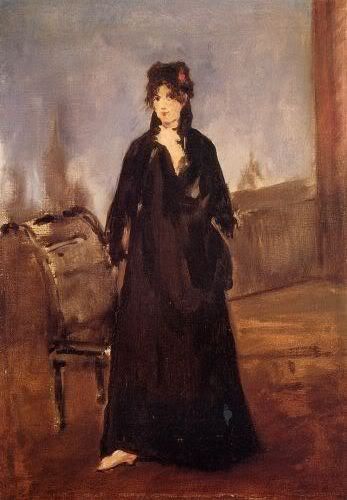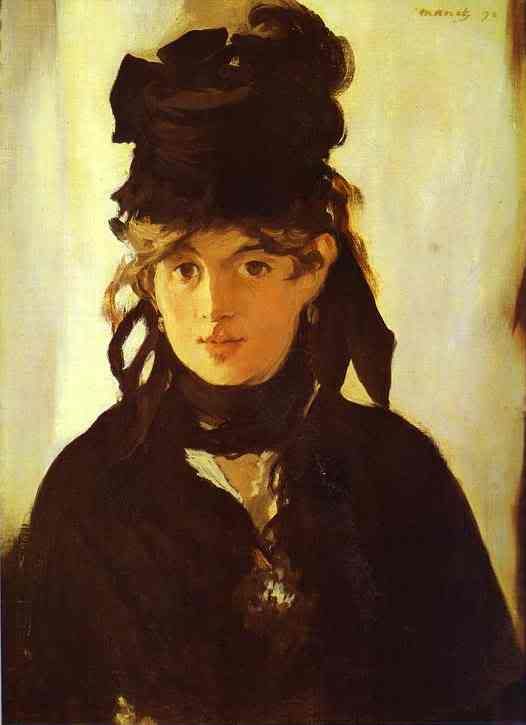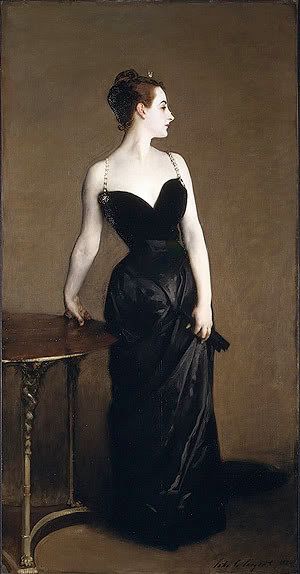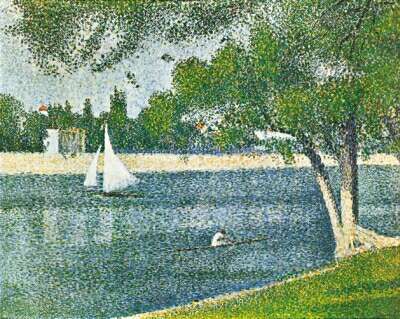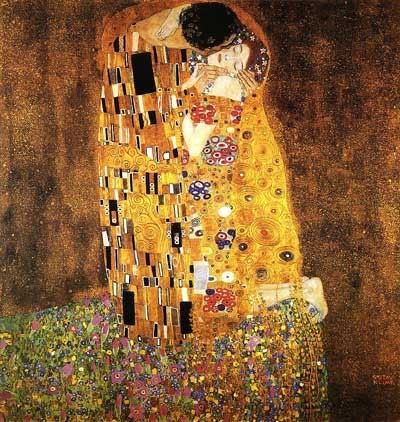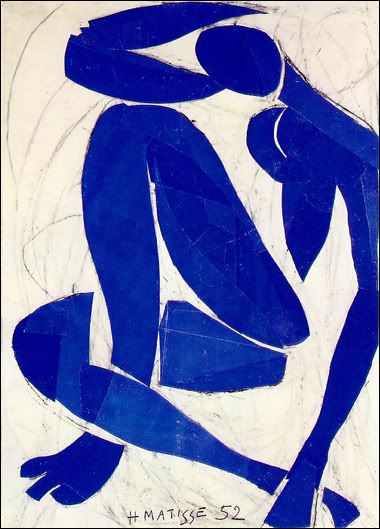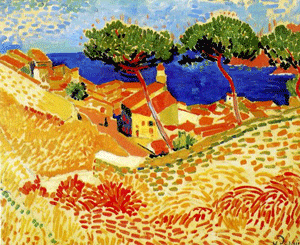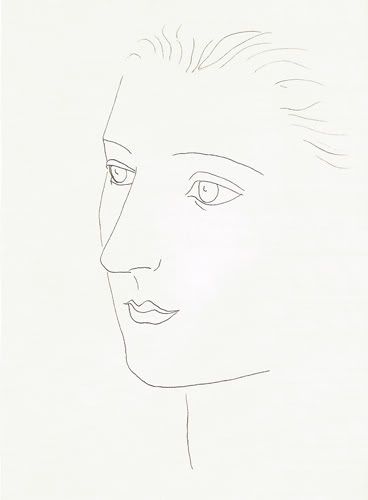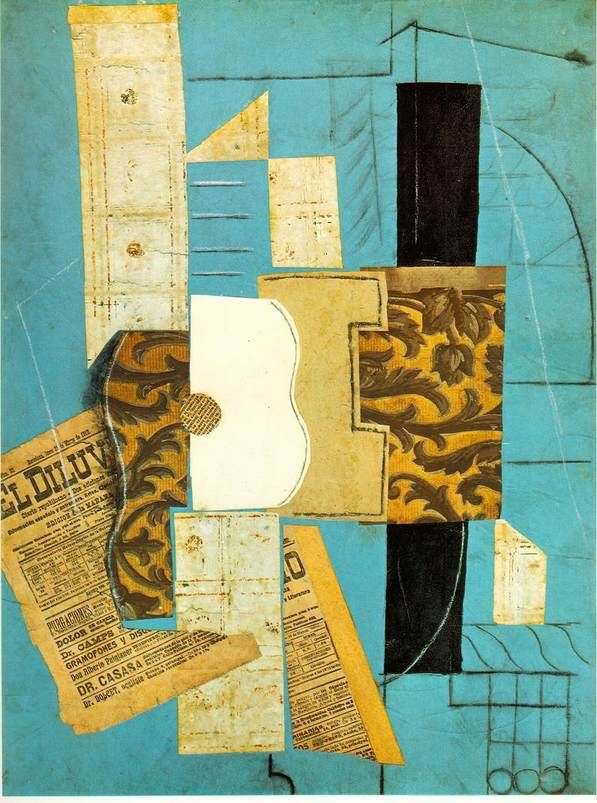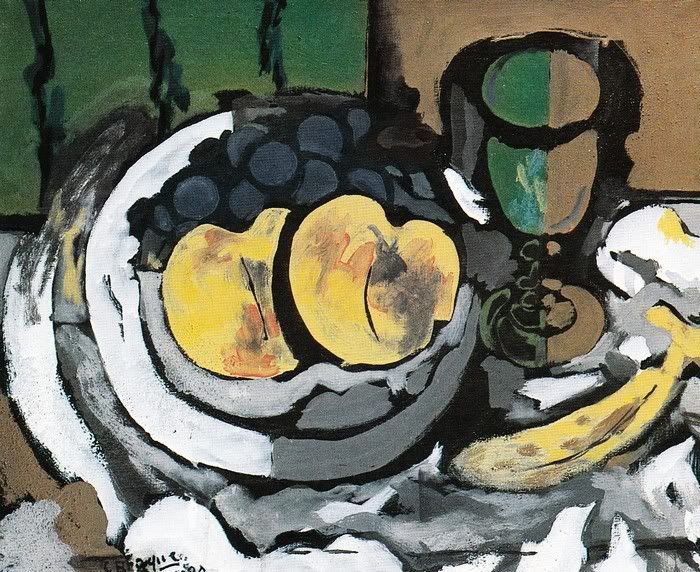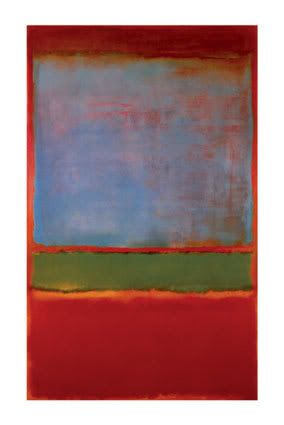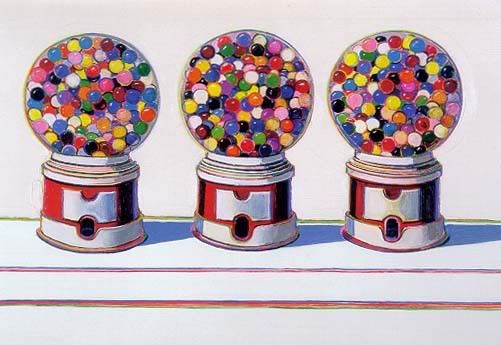+ JMJ +
From Culture 24 (UK):
Here are more of Pablo Picasso's delicate black and white prints, showing images of animals etched onto plates during the 1930s and 1940s.

L'Atruche / The Ostrich, 1936/1942
Aquatint and Drypoint Etching by Pablo Picasso
Watermarked "Ambroise" in Lower Margin
Inspired by a book on natural history written in 1749 by Comte de Buffon, the plates were commissioned by a French publisher to provide illustrations for the work.

La Langouste / The Crayfish, 1936 / 1942
Aquatint and Drypoint Etching by Pablo Picasso
Watermarked "Vollard"
Picasso selected 31 animals described in the book and etched them, from his mind's eye, using a process known as aquatint.

Le Vautour / The Vulture, 1936
Original Sugar-lift Aquatint by Pablo Picasso

Le Crapaud / The Toad, 1936/1942
Aquatint and Drypoint Etching by Pablo Picasso
Watermarked "Vollard" in Lower Margin
The results, while not taken from real life, are both incredibly detailed and attractive evocations.















































































